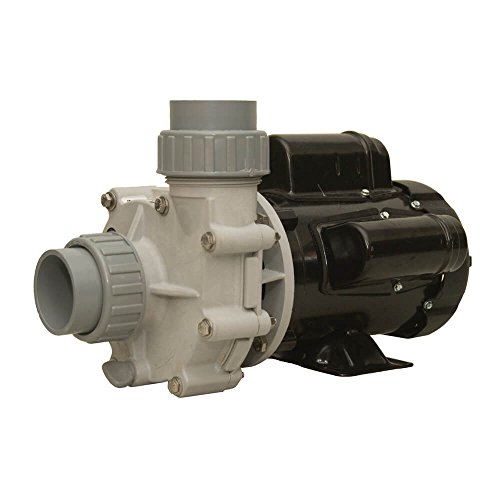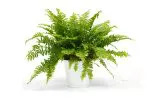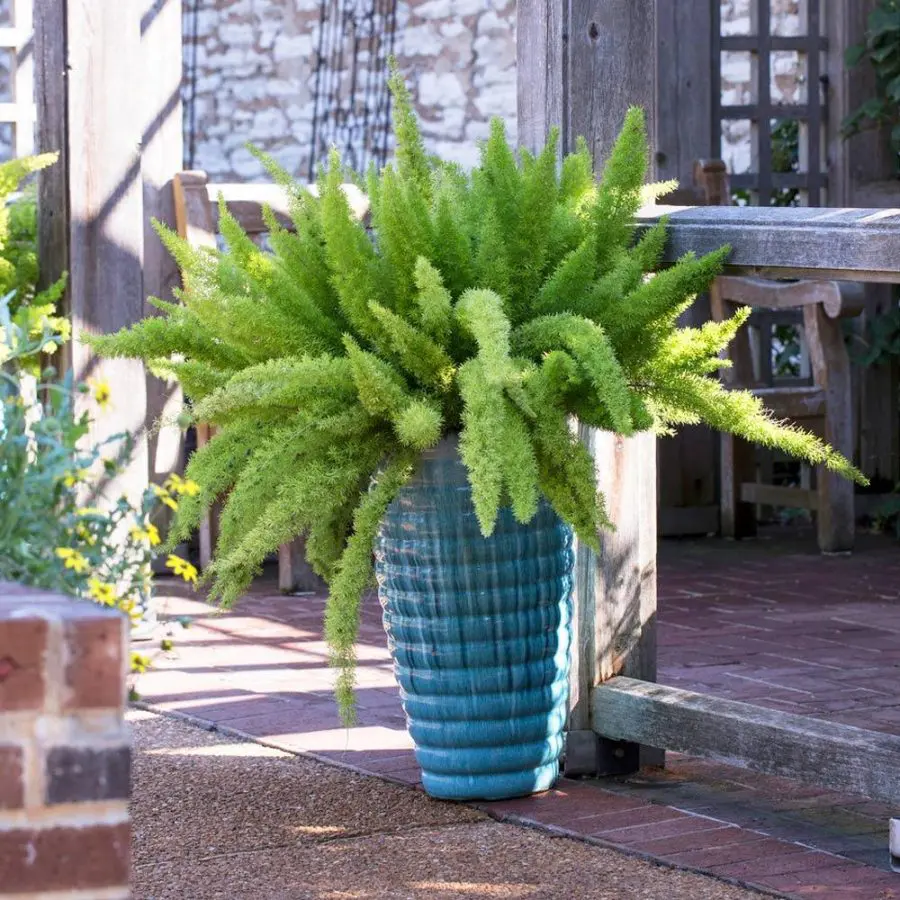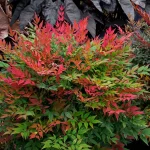This post contains affiliate links. If you buy something from one of our links we may earn a commission. Thanks
Looking for the best pond pumps for a koi pond? Our selection of reliable and efficient pumps will keep your pond clean, healthy, and beautiful. Shop now and enjoy a thriving koi pond!
The best pond pumps for a Koi pond are submersible pumps designed for high flow rates and durability. They should have a reliable filtration system to keep the water clean, and the capacity to circulate the entire pond’s water at least once every two hours. Energy efficiency and quiet operation are also important features.
Welcome to the wonderful world of Koi ponds! One of the most important things you’ll need for your beautiful pond is the right pump. That’s where we come in with our selection of top-quality pond pumps for a Koi pond. Let’s dive in and explore together!
Confused about what type of pond pumps for a koi pond? We can help you decide.
Koi ponds are a beautiful addition to any backyard, but they require a lot of care and maintenance to keep the water clean and healthy for the fish.
One of the most important components of a koi pond is the pump. It’s responsible for circulating the water, keeping it oxygenated, and preventing the build-up of debris.
When it comes to choosing a pump for a koi pond, there are a few options available, but external pond pumps are considered the best choice.
In this post, we’ll take a closer look at why external pond pumps are the best choice for koi ponds, and what you need to consider when choosing the right one.
What Types Of Pond Pumps Are Best For A Koi Pond?
There are two basic types of pond pumps for a koi pond you can choose from when building a koi pond.
One is the submersible pump and the other is the external pump. Both types of pond pumps have their pros and cons.
Submersible Pond Pumps For A Koi Pond
As the name implies the submersible pond pump is designed to run and be installed underwater.
Usually, they are installed in the pond itself but in some cases, they are installed in a filter or skimmer.
These pumps are usually used in smaller koi ponds and the more traditional water garden or water features.

The main advantage of a submersible pump is being hidden from sight. Because they run underwater they are also very quiet.
They also do not require any additional space outside the pond. They are easy to install.
The disadvantage of a submersible pump is that they need more cleaning and maintenance than an external pump.
Because debris is pulled up to the intake screen it collects there reducing the capacity of the pump to move water.
The main disadvantage is that submersible pond pumps will pull in koi detritus and make a puree out of it, which makes it extremely hard to filter out.
Generally speaking, submersible pond pumps do not last as long as external pumps and cost more to run in the end.
That’s because the internal parts are encased in resin making them impossible to repair so when they do break you have to replace them.
I would really not recommend these for a koi pond. They really are more suited to a garden pond where less water circulation is required and a load of solids is less.
External Pond Pumps For A Koi Pond
External pond pumps are a great choice for koi ponds because they are more efficient at moving large volumes of water and can handle debris better than submersible pumps.
They also have the advantage of being easier to maintain and repair, which is important in a koi pond where regular maintenance is required to keep the water clean and healthy for the fish.
External pumps can move much more water than underwater pumps and so are better suited to meeting the water turnover requirements of a koi pond.
For a large pond they will be the best pond pumps for a Koi pond.
They cost less to run and offer a longer service life than a submersible pump.
Since continuous water circulation is vital to the health of your koi you need a pump you can count on to not clog or break down.
How To Choose An External Pond Pump
When choosing an external pond pump for your koi pond, it’s important to consider the size of your pond, the number of koi you have, and the flow rate you need to maintain optimal water circulation.
It’s also important to choose a pump that is easy to maintain and repair.
It’s also important to choose the right size of pump. The flow rate of the pump should be at least the same as the volume of the pond.
This will ensure that the water is being circulated enough times in an hour to keep the pond clean.
Head Height
Another important factor to consider is head height. This is the height from the pump to the highest point in the pond.
The head height will affect the flow rate of the pump and it’s important to choose a pump that can handle the head height of your pond.
Built-In Filters
It’s also a good idea to choose a pump that has a built-in filter or one that can be easily connected to an external filter.
This will help to keep debris from clogging the pump and reduce its efficiency.
Installation
When installing an external pond pump, it’s important to place it in a location that is easy to access for maintenance and repair. It’s also important to make sure the pump is properly grounded and that all electrical connections are safe and secure.
Overall, external pond pumps are a great choice for koi ponds because they are more efficient, easier to maintain and repair, and can handle the large volumes of water and debris that koi ponds require.
It’s important to choose the right size and flow rate for your pond and to make sure the pump is properly installed and maintained for optimal performance.
Pros And Cons Of External Pond Pumps
External pond pumps are easier to maintain and because they are outside the pond they are easier to fix should it be necessary.
Unlike submersible pumps, where the parts are encased in resin, you have the ability to replace worn or damaged parts.
There are some drawbacks to external pumps. They do take more time to install and you will also most likely want to hide them from view. They are usually more expensive than submersible pumps.
Do External Pumps Need To Be Primed?
External pond pumps do not typically need to be primed before use in most cases.
External pond pumps are designed to work with water that is already present in the pond and don’t rely on an initial priming process to start working.
However, there are certain situations in which an external pond pump may need to be primed.
For example, if the pump has been installed in a new pond that is not yet filled with water, it will need to be primed before it can start working.
Also if the pump has been disconnected from the system for some time, it might need to be primed again before starting it.
To prime an external pond pump, you will need to pour water into the pump’s intake until the water reaches the impeller. Once the impeller is submerged in water, the pump should start working.
It’s also important to note that external pond pumps need to be maintained properly to keep them running effectively.
This includes cleaning the filter and intake regularly to remove debris, checking for leaks, and making sure the electrical connections are secure.
Regular maintenance will help ensure that the pump is running efficiently and that it doesn’t get clogged with debris, which can cause the pump to lose its prime.
Why External Pumps Are The Best Choice For Your Koi Pond
The higher initial cost of external pond pumps is a trade-off because in exchange you get the advantage of higher flow rates, ease of maintenance, greater reliability and the ability to repair rather than replace your pond pumps.
Pond Pumps For A Koi Pond FAQ
Q: How big of a pump do I need for my koi pond?
A: The size of the pump you need for your koi pond depends on the volume of water in your pond.
As a general rule of thumb, you should choose a pump that can circulate the entire volume of your pond at least once every two hours. So, if you have a 1,000-gallon pond, you should choose a pump with a flow rate of at least 500 gallons per hour.
Q: What is the best type of pump for koi?
A: One of the best types of pumps for koi is a submersible pond pump. Submersible pumps are easy to install and maintain, and they operate quietly and efficiently.
They can also be placed at the bottom of the pond, which helps to keep the water clean and clear.
However, external pumps are the best pond pumps for a Koi pond, especially for larger pond volumes. Unlike submersible pumps, they can be repaired if needed.
However, it’s important to choose a pump that is specifically designed for use in a koi pond, as these pumps have the necessary features to handle the large volumes of water and waste produced by koi.
Q: Does a koi pond pump need to run all the time?
A: Yes, a koi pond pump should run continuously to maintain a healthy pond environment. Running the pump 24/7 helps to circulate the water, filter out debris, and oxygenate the water, which is essential for the health and well-being of your koi. However, you can install a timer to regulate the pump’s operation and reduce energy costs, so the pump runs only during the optimal times of the day.
Final Thoughts On Pond Pumps For A Koi Pond
In conclusion, external pond pumps are the best pond pumps for a Koi pond because they are more efficient at moving large volumes of water and can handle debris better than submersible pumps.
They also have the advantage of being easier to maintain and repair, which is important in a koi pond where regular maintenance is required to keep the water clean and healthy for the fish.
When choosing an external pond pump, it’s important to consider the size of your pond, the number of koi you have, and the flow rate you need to maintain optimal water circulation.
Proper installation and regular maintenance are also key to ensuring that the pump is working efficiently and that it doesn’t get clogged with debris. With the right external pond pump, you can have a beautiful and healthy koi pond for years to come.
Read more: Water Gardening for Beginners: 11 Tips For Successful Water Gardens









